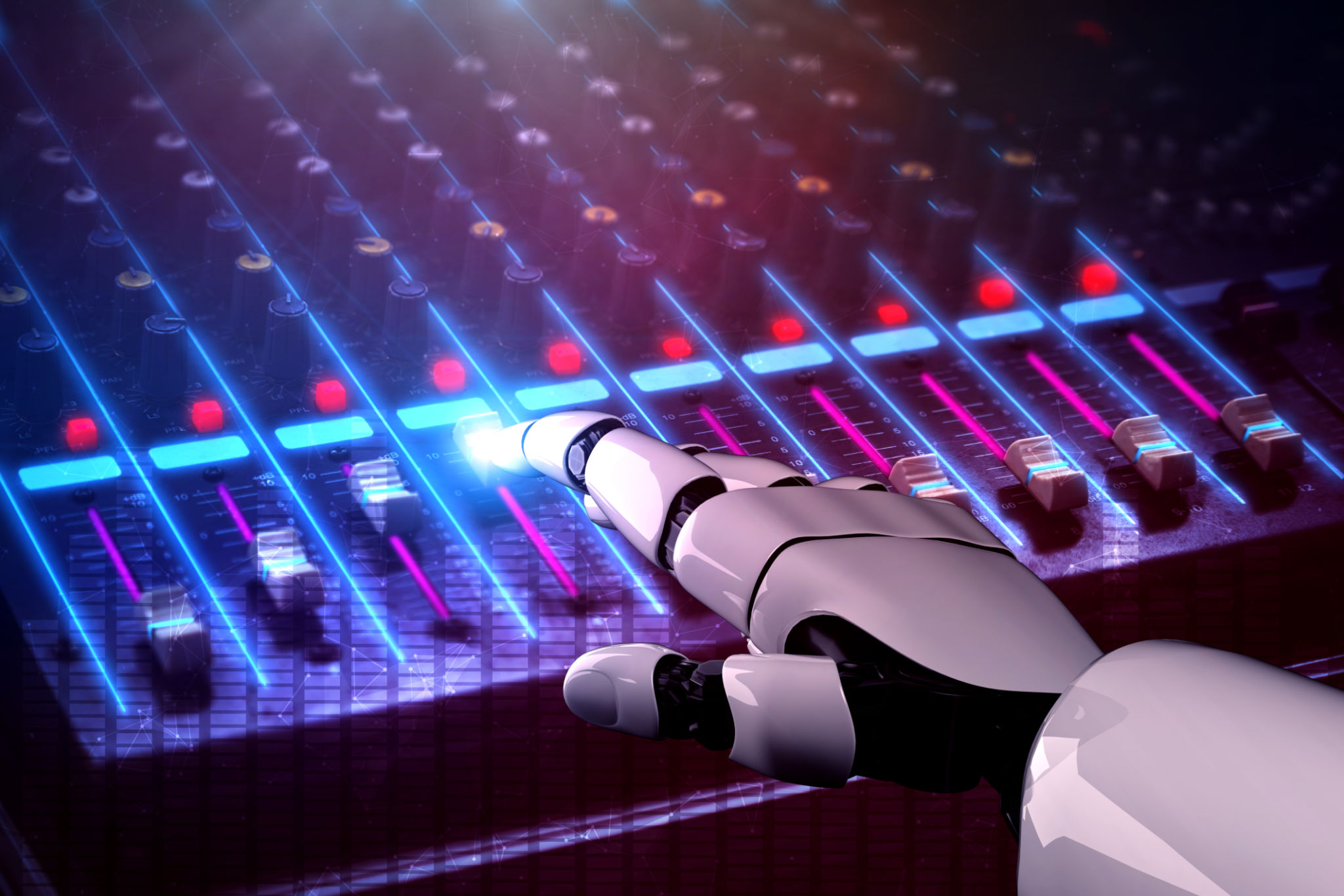The Future of Hip Hop: Trends in Trap Beats and Online Purchases
The Evolution of Trap Beats in Hip Hop
Trap beats have become a defining element of modern hip hop, blending rhythmic complexity with innovative sound design. Originating from the Southern United States in the early 2000s, these beats have evolved from their gritty, underground roots to dominate mainstream music charts worldwide. Today, trap beats are characterized by their heavy use of 808 bass, hi-hats, and snare drums, creating a sound that's both hypnotic and energetic.
As technology continues to advance, producers are exploring new ways to craft these beats using digital audio workstations (DAWs) and virtual instruments. This evolution is not just about pushing the boundaries of sound but also about making music production more accessible to aspiring artists from all walks of life.

Trends Shaping the Future of Trap Beats
Several trends are shaping the future of trap beats and, by extension, the hip hop genre. One major trend is the incorporation of diverse musical influences. Producers are increasingly drawing inspiration from genres like EDM, Latin music, and even classical music to create unique and compelling trap beats. This fusion of styles not only broadens the appeal of trap music but also challenges traditional genre boundaries.
Another trend is the rise of artificial intelligence in music production. AI-driven tools are being used to analyze and generate complex rhythms and melodies, offering producers new creative possibilities. While some purists may resist this technological intervention, it opens up intriguing avenues for innovation in trap music.

Impact of Online Purchases on Hip Hop
The digital era has transformed how music is consumed, with online purchases playing a pivotal role in this shift. Platforms like Bandcamp, iTunes, and Amazon Music have made it easier than ever for fans to purchase music directly from their favorite artists. This trend has significant implications for hip hop artists, particularly those in the trap genre, who can now reach global audiences without needing major label backing.
Furthermore, online purchases have facilitated the rise of independent artists who can leverage social media and streaming platforms to promote their work. This democratization of music distribution allows artists to retain creative control and receive a larger share of their earnings compared to traditional recording contracts.

The Role of Streaming Services
Streaming services like Spotify and Apple Music also play a crucial role in the distribution of trap music. These platforms have made it easier for listeners to discover new artists and for artists to gain exposure. The algorithms used by these services often recommend tracks based on listening habits, which can help boost lesser-known artists into the spotlight.
However, the emphasis on streaming has also sparked debates about fair compensation for artists, as income from streaming is significantly lower than from physical or digital sales. Despite these challenges, streaming remains a vital tool for artists looking to reach a broader audience.

Conclusion: A Dynamic Future Awaits
The future of hip hop, particularly in the realm of trap beats and online purchases, is vibrant and full of potential. As technology continues to evolve and influence music production, artists will have more tools at their disposal to push creative boundaries and connect with fans globally. Whether through innovative beat-making techniques or strategic use of digital platforms, the next era of hip hop promises to be as dynamic and diverse as ever.
For aspiring producers and artists, staying abreast of these trends will be crucial to success in the ever-changing landscape of the music industry. By embracing new technologies and distribution methods, they can carve out their own niche in the exciting world of hip hop.
